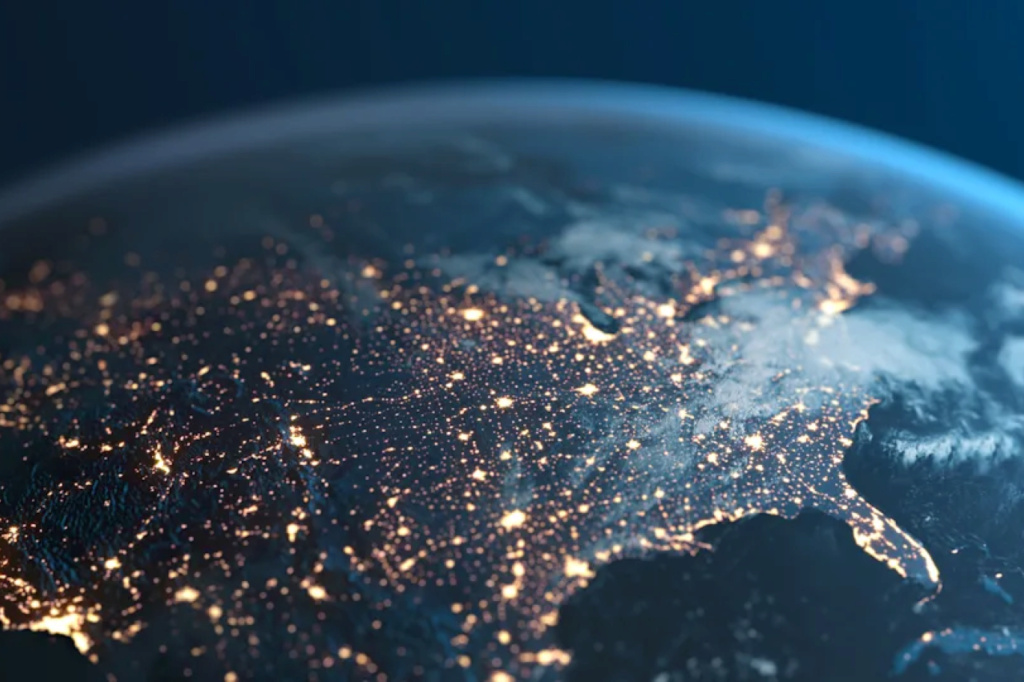Amasya, the new supercontinent born from the shrinking Pacific Ocean
Scientists expect vast areas of Earth to unite to form a new supercontinent, but not before two million years
(Getty Images) A new giant nascent continent is shrinking the Pacific Ocean
Scientists report that the Pacific Ocean is shrinking until the basin completely closes and a new supercontinent is formed called "Amasia" (meaning America and Asia).
Experts in Australia say the Pacific Ocean is shrinking slowly but constantly, perhaps by a few centimeters a year.
Consequently, the tectonic plates on which the two American continents lie are pushing westward.
It is expected that at some point - though not before 200 or 300 million years - the land masses on Earth will merge and the Americas and Asia will fuse to form a new giant continent called "Amasia".
It should be noted that scientists at Curtin University in Perth, Australia, used a sophisticated computer system to simulate the formation of the giant continents.
According to what was published in the National Science Review, "It is believed that the giant continents that we know about were formed in very different ways, including introverted and extroverted. The first is the closure of the inner oceans that formed during the breakup of the former supercontinent, while the other involves the closure of the former outer periphery.
However, the scientists say that "it is not yet clear what caused such a divergent behavior of the supercontinent's cycles, which was caused by the movement of first-order interactions between tectonic plates and the Earth's mantle (which lies beneath them), and they indicate that they "addressed this issue by Using 4D geodynamic modeling, based on realistic tectonic settings.
An earlier report, published in 2012 in the journal Science, said that the geological record "reveals that over the past two billion years, there have been three supercontinents."
The oldest supercontinent was known as Nona, and it was formed about one billion and 800 million years ago. It was followed by the continent of Rodinia, which existed about a billion years ago. The last one was Pangea about 300 million years ago.
"The shape of the Earth has changed over the last two billion years, with different continents merging together to form one supercontinent," said lead author of the study Xuan Huang, of the Earth Dynamics Research Group at Curtin University. This phenomenon occurs every 600 million years. It's known as the supercontinent cycle. This means that the current continents are expected to gather and fuse again within a few hundred million years."
He added, "I actually named the new supercontinent (Amasia) because some believe that the Pacific Ocean will close (as opposed to the Atlantic and Indian oceans) when America collides with Asia. Australia is also expected to play a role in this important terrestrial event, colliding first with Asia. Then it connects America and Asia with the closure of the Pacific."
He pointed out that "by simulating the way the Earth's tectonic plates are expected to develop, using a supercomputer, we were able to show that in less than 300 million years, it is likely that the Pacific Ocean will close in on itself, which It will lead to the formation of the continent of Amasya, and refute some previous scientific theories.”
Source: websites


